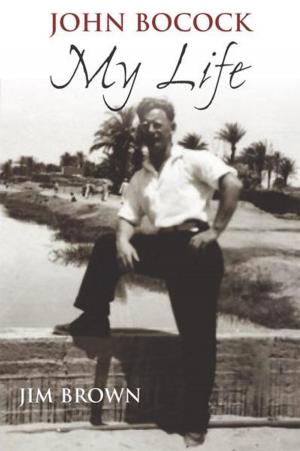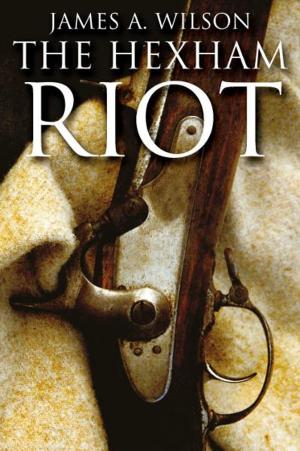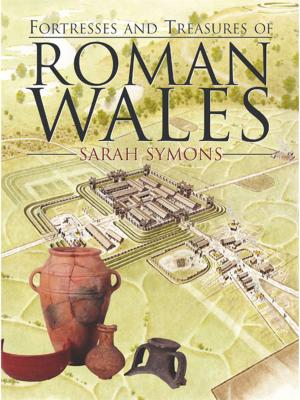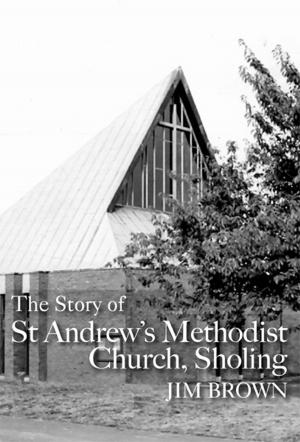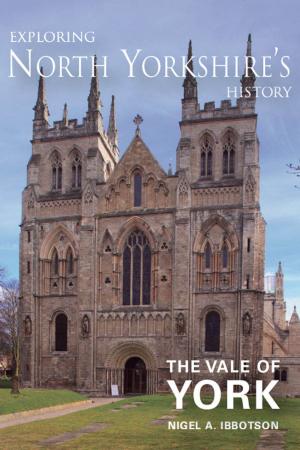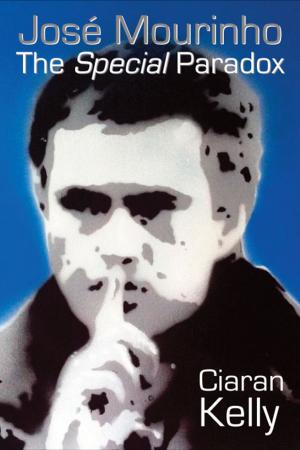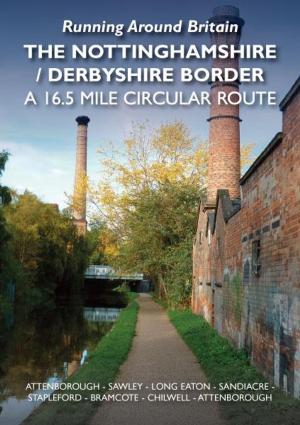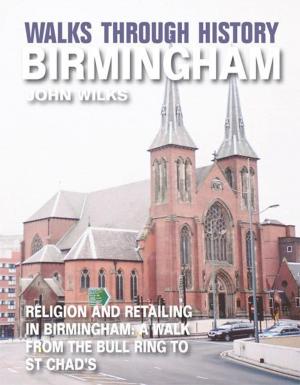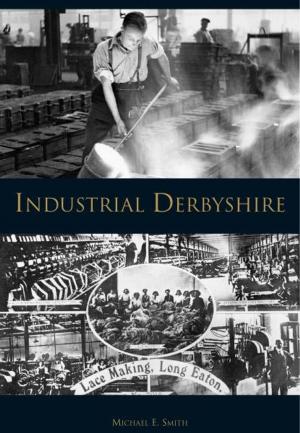| Author: | Stephen Halliday | ISBN: | 9781781561362 |
| Publisher: | JMD Media | Publication: | May 16, 2012 |
| Imprint: | Language: | English |
| Author: | Stephen Halliday |
| ISBN: | 9781781561362 |
| Publisher: | JMD Media |
| Publication: | May 16, 2012 |
| Imprint: | |
| Language: | English |
A unique look at the transformation of Victorian London into the world's first metropolis through the lives of eight men who stamped their mark on the capital. In 1801 the population of London was almost one million. A century later, on the death of Queen Victoria, it had passed six million, and the city had been transformed. Stephen Halliday's beautifully illustrated new book shows how the ramshackle collection of communities that entered the nineteenth century became the world's first metropolis. This amazing story is told through the lives of eight men who created the Victorian capital. • John Nash defined the modern West End with his 'New Street' (Regent Street) between the farm at Regent's Park and the swamp at St James's. • Marc Brunel invented the tunnelling shield that made the underground railways possible. • Thomas Cubitt built houses for aristocrats in Belgravia and homes for the middle classes at Pimlico and Bloomsbury. • Sir Charles Barry built the New Palace of Westminster to replace the charred ruins of the old one. • Sir Joseph Paxton designed the Crystal Palace for the Great Exhibition of 1851, the profits of which enabled… • …Alfred Waterhouse to build the Natural History Museum and thus begin the South Kensington museums. • Sir Joseph Bazalgette built the sewers, streets and parks that made the metropolis a safe place to live. • Sir Edward Watkin, chairman of the Metropolitan Railway, began the process that created the suburbs of Metroland and elsewhere. Stephen Halliday's portraits of these remarkable men give a fascinating insight into the diversity of their careers and achievements. They created the imperial capital from which Victoria ruled over the greatest empire the world had ever seen. About the Author Stephen Halliday is one of the foremost authorities on Victorian London, with a special interest in the engineers and builders who created the city as we know it. He has written for History Today, The Observer, The Guardian, The Financial Times and The Independent. His previous books include The Great Stink of London (1999) and Underground to Everywhere (2001).
A unique look at the transformation of Victorian London into the world's first metropolis through the lives of eight men who stamped their mark on the capital. In 1801 the population of London was almost one million. A century later, on the death of Queen Victoria, it had passed six million, and the city had been transformed. Stephen Halliday's beautifully illustrated new book shows how the ramshackle collection of communities that entered the nineteenth century became the world's first metropolis. This amazing story is told through the lives of eight men who created the Victorian capital. • John Nash defined the modern West End with his 'New Street' (Regent Street) between the farm at Regent's Park and the swamp at St James's. • Marc Brunel invented the tunnelling shield that made the underground railways possible. • Thomas Cubitt built houses for aristocrats in Belgravia and homes for the middle classes at Pimlico and Bloomsbury. • Sir Charles Barry built the New Palace of Westminster to replace the charred ruins of the old one. • Sir Joseph Paxton designed the Crystal Palace for the Great Exhibition of 1851, the profits of which enabled… • …Alfred Waterhouse to build the Natural History Museum and thus begin the South Kensington museums. • Sir Joseph Bazalgette built the sewers, streets and parks that made the metropolis a safe place to live. • Sir Edward Watkin, chairman of the Metropolitan Railway, began the process that created the suburbs of Metroland and elsewhere. Stephen Halliday's portraits of these remarkable men give a fascinating insight into the diversity of their careers and achievements. They created the imperial capital from which Victoria ruled over the greatest empire the world had ever seen. About the Author Stephen Halliday is one of the foremost authorities on Victorian London, with a special interest in the engineers and builders who created the city as we know it. He has written for History Today, The Observer, The Guardian, The Financial Times and The Independent. His previous books include The Great Stink of London (1999) and Underground to Everywhere (2001).


